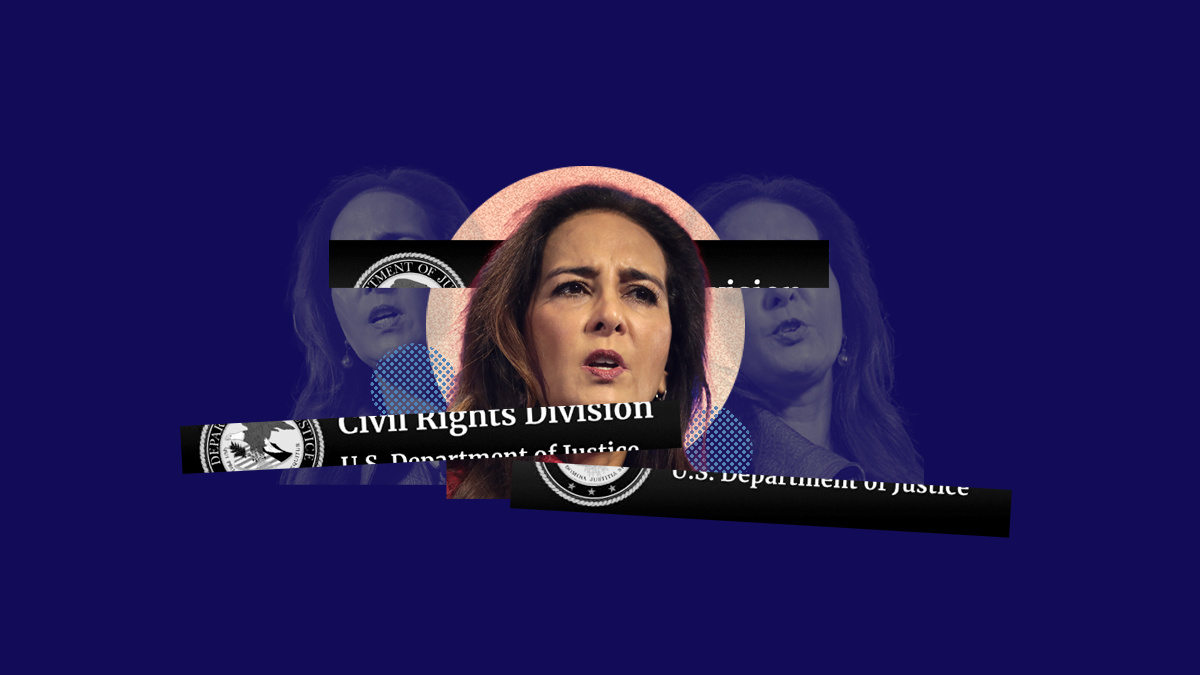Five Things You Should Know about the Women’s National Soccer Team Pay Discrimination Suit

There were more than just cheers on Sunday after the U.S. women’s national soccer team beat the Netherlands, winning their second consecutive World Cup and bringing their world championship total to an astounding four. Instead of chanting “U.S.A., U.S.A.,” the crowd started up a chorus of “Equal pay! Equal pay!” It was a moving display of support for a team that has consistently played at the top of its field – and has yet to be equally compensated for it.
In March, 28 members of the women’s team filed a lawsuit against the United States Soccer Federation (USSF) for sex discrimination under the Equal Pay Act and Title VII of the Civil Rights Act. Here are five things you need to know about the suit and its implications for the issue of equal pay.
1. The women’s team is paid less for doing the same work as the men’s team (and doing it better)
Under the Equal Pay Act, it is illegal to pay men and women differently for substantially equal work – that is, work that requires the same skill, effort, and responsibility. The USSF employs and manages both the men’s and women’s U.S. soccer teams, and both teams must train for and play the games the USSF chooses. In fact, because of their successes, the female players spend more time practicing and playing than the male players. From 2015 to 2018, the women’s team played nineteen more games than the men’s team: the equivalent of an additional calendar year season.
However, under the different pay structures for the women’s and men’s teams, the women’s team is paid substantially less.
- From 2013 to 2016, female players earned only $15,000 total for being asked to try out for the World Cup team and for making the team roster. Male players earned $55,000 for making their team’s roster in 2014 and could have earned $68,750 each for making it in 2018.
- If the men’s and women’s teams play twenty exhibition matches (aka “friendlies”) in a season, the male players are paid $13,166 on average for a win, and female players are paid $4,950 on average for a win – only 38% of the male players’ compensation.
- The men’s team received bonuses totaling $5,375,000 for losing the World Cup in 2014, and the women’s team received only $1,725,000 for winning it in 2015. It isn’t illegal to give players bonuses for wins, but it is illegal for decisions about access to and distribution of bonuses to be based on sex.
2. It’s not just pay – female players receive unequal treatment
In addition to the Equal Pay Act, the women’s team also filed its suit under Title VII of the Civil Rights Act of 1964. It makes sense to file under both Acts because, because while the Equal Pay Act doesn’t require employees to prove discrimination, it only covers pay disparities between men and women and has limited remedies. Title VII prohibits discrimination not just in compensation but also in other areas of employment, which allows the women’s team to raise all the other ways it has been treated worse than the men’s team in the terms and conditions of employment.
The women’s team has numerous examples of its inferior treatment compared to the men’s team, including:
- Over a three-year period, the women’s team played 21% of their games on artificial turf, which can lead to career-threatening injuries, while the men’s team only played 1% of their games in the same conditions.
- In 2017, the USSF chartered flights for the men’s team on seventeen occasions and did not charter single flight for the women’s team.
- The USSF has spent less time and resources promoting the women’s games than it has for promoting the men’s games. Even the former President of Soccer United Marketing – the company USSF has used to market its teams – acknowledged that the women’s team has been undermarketed.
3. The USSF argues that the pay disparity between the men’s and women’s teams is justified
Under the Equal Pay Act and Title VII, employers can defend against a pay discrimination claim by arguing that the pay disparity is based on a “factor other than sex.” The USSF claims that because the women’s team generates less revenue for the USSF than the men’s team, female players should be paid less. The USSF has also argued that because men’s soccer is more popular than women’s soccer – and so more highly valued by the market – employers must pay male soccer players more to attract and keep top talent.
Both arguments ignore the way historical discrimination and sex stereotyping has shaped women’s opportunities to participate in and succeed in athletics. For instance, men have been playing in the soccer World Cup every four years since 1930 – the women’s World Cup only started in 1991. The USSF has invested less in promoting its women’s team, undercutting the players’ ability to reach a larger market and make more revenue. And so, neither revenue nor “market forces” are factors other than sex – both are firmly rooted in historical and ongoing sex discrimination.
4. Stronger federal and state equal pay laws can help eliminate pay discrimination
The Paycheck Fairness Act is a federal bill that would strengthen the Equal Pay Act and make it more difficult for employers like USSF to pay their female employees less than their male counterparts. It would close the loopholes in the “factor other than sex” defense by requiring that the factor be related to the job position, further a business necessity, and account for the entire pay disparity. This would help prevent employers from relying on factors founded on historical discrimination, like “market forces. The Act would also combat secrecy around pay by protecting employees from retaliation for discussing their pay; and prohibit employers from using an employee’s salary history to determine compensation, ensuring women won’t be penalized for being paid less at previous jobs.
In addition, many states have enacted legislation to strengthen their own equal pay laws in important ways, including expanding equal pay protections to characteristics other than sex, and increasing the remedies available to workers experiencing discrimination. In the past few years, lawmakers have introduced legislation in over two-thirds of the states to finally ensure that workers receive equal pay.
5. The U.S. women’steam continues to change the conversation
In June, the women’s team and USSF agreed to seek mediation after the World Cup for the team’s lawsuit. The women’s team is in an undeniably strong position for these negotiations. Not only did the team win the World Cup, but its consistently excellent performance has captured the attention of the entire nation. Despite its less than ideal midday time slot, the women’s World Cup final was watched by fourteen million people in the U.S. – the most watched soccer game since the women’s team’s 2015 World Cup victory and a 22% bigger audience than watched the men’s World Cup final last year. Nike sales for U.S. women’s soccer team jerseys were higher than for any other team’s jerseys ever – and sales more than doubled once Nike started offering them in men’s sizes. Finally, according to a recent report from the Wall Street Journal, from 2016 to 2018 the women’s team generated more game revenue than the men’s team (most of it from ticket sales). These athletic, cultural, and financial victories just accentuate the unfairness of the pay disparity – and undermine any revenue or “market forces” arguments the USSF might make.
The players on the women’s soccer team have already made great strides for pay equality. They have raised awareness for the issue and shown first-hand how any woman, regardless of industry or accomplishment, can experience pay disparities. The women’s team’s prominence on the international stage will help drive the culture and legal changes we need to make equal pay a reality.





